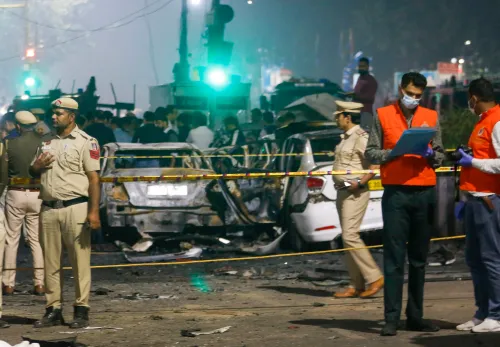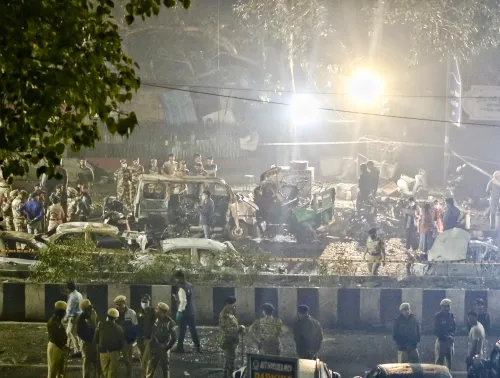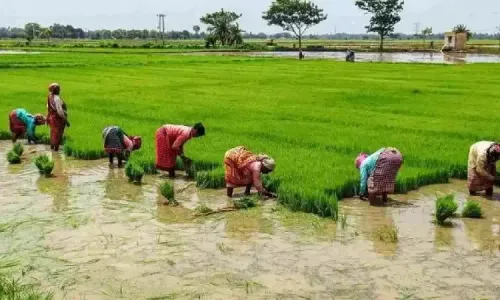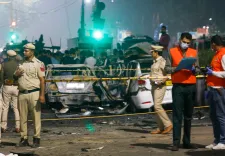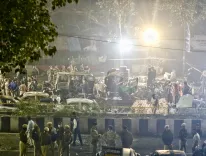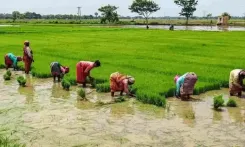Gujarat Reservoir Levels Surge to 62%: What Does This Mean for the State?

Synopsis
Key Takeaways
- Reservoir levels in Gujarat have surged to 62%.
- 29 reservoirs are at full capacity.
- 48 reservoirs are on high alert.
- Rainfall is expected to benefit kharif crops.
- Authorities are monitoring water levels closely.
Gandhinagar, July 28 (NationPress) An active phase of the monsoon has arrived in Gujarat, providing relief from the heat and significantly enhancing the state's water storage capacity. As per official reports, the total reservoir levels have now reached 62 per cent of their overall capacity, showcasing a remarkable improvement attributed to consistent rainfall over the past weeks.
At present, there are 29 reservoirs that are completely filled, with 5 in Kutch, 4 in Bhavnagar, and 3 in Surendranagar. Moreover, 62 reservoirs are between 70 per cent and 100 per cent full, while 38 reservoirs have water levels ranging from 25 to 50 per cent. Concerns persist for 36 reservoirs that remain below 25 per cent capacity.
Authorities have placed 48 reservoirs on high alert as their water levels have surpassed 90 per cent, while 21 reservoirs are in alert status and another 21 under warning, underscoring the necessity for careful monitoring in the coming days.
The Sardar Sarovar Dam, often regarded as Gujarat’s lifeline, is currently 60.72 per cent full, according to the Sardar Sarovar Narmada Nigam Ltd. The water storage distribution across regions shows 57 per cent capacity in North Gujarat, 66 per cent in Central Gujarat, 61 per cent in South Gujarat, 56 per cent in Kutch, and 66 per cent in Saurashtra.
As rainfall continues to intensify, the state water resources department and disaster management teams remain vigilant to address any potential overflow situations. Farmers across the regions are also welcoming the rain, which is anticipated to aid the kharif crop cycles.
Over the last five years, Gujarat has experienced varying monsoon patterns, influenced by climatic changes and regional differences. In 2020, the state received approximately 130 per cent of its average seasonal rainfall, marking it as an above-normal year, especially with severe spells in Saurashtra and South Gujarat.
The year 2021 recorded a more balanced monsoon, achieving about 98 per cent of the long-period average (LPA), although parts of North Gujarat faced minor deficits. In 2022, the monsoon was again generous, with the state documenting over 110 per cent rainfall, benefiting water storage while also causing flooding in districts like Valsad and Navsari.
However, 2023 presented an erratic pattern—rainfall distribution was uneven, with certain talukas receiving excessive rainfall while others, particularly in Kutch and North Gujarat, encountered dry periods.
The seasonal average stood around 92 per cent, slightly below normal. Entering 2024, the monsoon commenced with a gradual onset but has steadily improved; by late July, the state had recorded about 58 per cent of the season's average, with considerable rainfall reported in central and southern regions.

